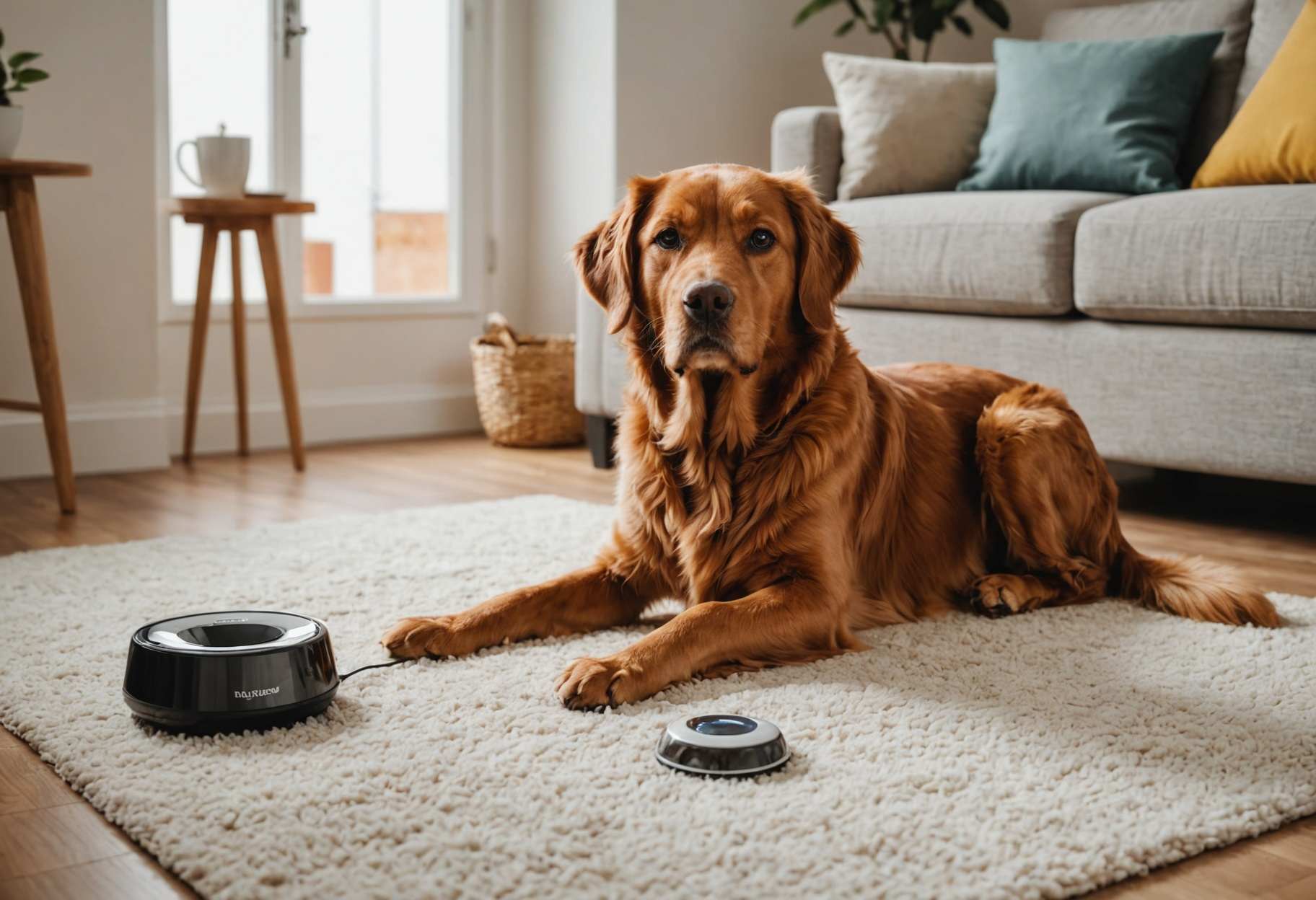
A new influenza strain this flu season is raising concerns as Americans hit the roads and take to the skies ahead of the Thanksgiving holiday, with fewer people choosing to get vaccinated.
What is the new flu strain subclade K?
The new flu strain, called subclade K, is a variant of the H3N2 virus that has been circulating since the summer in other countries.
Experts point to the new variant as a main driver of a spike in flu cases in Canada, Japan, and the U.K. Of nearly 150 test samples that were registered as the H3 lineage, over 50% were subclade K, according to the Centers for Disease Control and Prevention.

Does the flu vaccine protect against subclade K?
Although the current flu vaccine may not be a perfect match for the new subclade K strain, the CDC and doctors say the best way to protect you and your family is to still get vaccinated.
"Vaccination [is] key," ABC News chief medical correspondent Dr. Tara Narula said on "Good Morning America" Monday. "It's not too late now. It takes about two weeks to develop antibodies that will decrease the rate of serious hospitalizations and illnesses and even death, even though it may not be a perfect match for [the current flu strain]."
What to know about COVID, flu, RSV vaccines amid respiratory virus season
International reports show that subclade K may have more severe symptoms in older adults and children, and the CDC notes that those who are most vulnerable to the flu overall include older adults over 65, children under the age of 5, anyone who is immunocompromised, pregnant people, and also people with underlying chronic conditions, such as diabetes, heart disease or lung disease.

How dangerous is the subclade K variant?
Doctors warn that flu infections aren't the same as the common cold and can increase the risk of complications such as ear infections and sinus infections, as well as more serious complications such as pneumonia, hospitalization, and even death, if left untreated or not treated early enough.
Cases of H3N2 viruses tend to cause slightly more severe symptoms than other strains such as the H1N1 virus, according to one study.
Simple ways to help prevent cold and flu
Symptoms of the subclade K flu strain
"You'll usually develop [symptoms] about one to four days after being exposed, and it feels like being hit by a truck," said Narula. "It's different from a cold, so you're going to have fever, muscle aches, headaches, chills, sore throat, cough, runny nose, stuffy nose, maybe even vomiting and diarrhea."
Last year, CDC data showed the U.S. had the most total flu-related hospitalizations in about 15 years and close to 280 pediatric deaths from the flu.
To treat influenza infections, doctors recommend staying at home if you have any flu-like symptoms and to seek medical treatment sooner than later. Doctors may prescribe antiviral medications, according to the CDC, to decrease symptoms and also lessen the risk of developing serious complications.
LATEST POSTS
- 1
 Step by step instructions to Buy a Jeep Wrangler on a Senior's Spending plan
Step by step instructions to Buy a Jeep Wrangler on a Senior's Spending plan - 2
 Fundamental Home Items Each Animal person Needs
Fundamental Home Items Each Animal person Needs - 3
 The most effective method to Help a Friend or family member Determined to have Cellular breakdown in the lungs
The most effective method to Help a Friend or family member Determined to have Cellular breakdown in the lungs - 4
 Vacuum Cleaners That Are Not difficult To Use For Home
Vacuum Cleaners That Are Not difficult To Use For Home - 5
 Shipping: The Corridors of Trade and the Coming of Another Period
Shipping: The Corridors of Trade and the Coming of Another Period
 Glen Powell will host 'Saturday Night Live' with Olivia Dean as musical guest: What to know ahead of their debut
Glen Powell will host 'Saturday Night Live' with Olivia Dean as musical guest: What to know ahead of their debut Instructions to Pick the Ideal SUV Size for Seniors
Instructions to Pick the Ideal SUV Size for Seniors She's been a Bond girl and a mutant. Now she's grappling with Hollywood's obsession with 'eternal youth.'
She's been a Bond girl and a mutant. Now she's grappling with Hollywood's obsession with 'eternal youth.' Rocket Lab launches mystery satellite for 'confidential commercial customer' (video)
Rocket Lab launches mystery satellite for 'confidential commercial customer' (video) This Luxurious Thermal Spa In Italy Is Perfect For A Relaxing Escape While Visiting Milan
This Luxurious Thermal Spa In Italy Is Perfect For A Relaxing Escape While Visiting Milan A mom stopped giving her kids snacks — and sparked a debate about eating habits
A mom stopped giving her kids snacks — and sparked a debate about eating habits Step by step instructions to Guarantee Your Lab Precious stone is Morally Obtained
Step by step instructions to Guarantee Your Lab Precious stone is Morally Obtained Discovering a true sense of harmony: Contemplation and Care Practices
Discovering a true sense of harmony: Contemplation and Care Practices Mars spacecraft images pinpoint comet 3I/ATLAS's path with 10x higher accuracy. This could help us protect Earth someday
Mars spacecraft images pinpoint comet 3I/ATLAS's path with 10x higher accuracy. This could help us protect Earth someday













